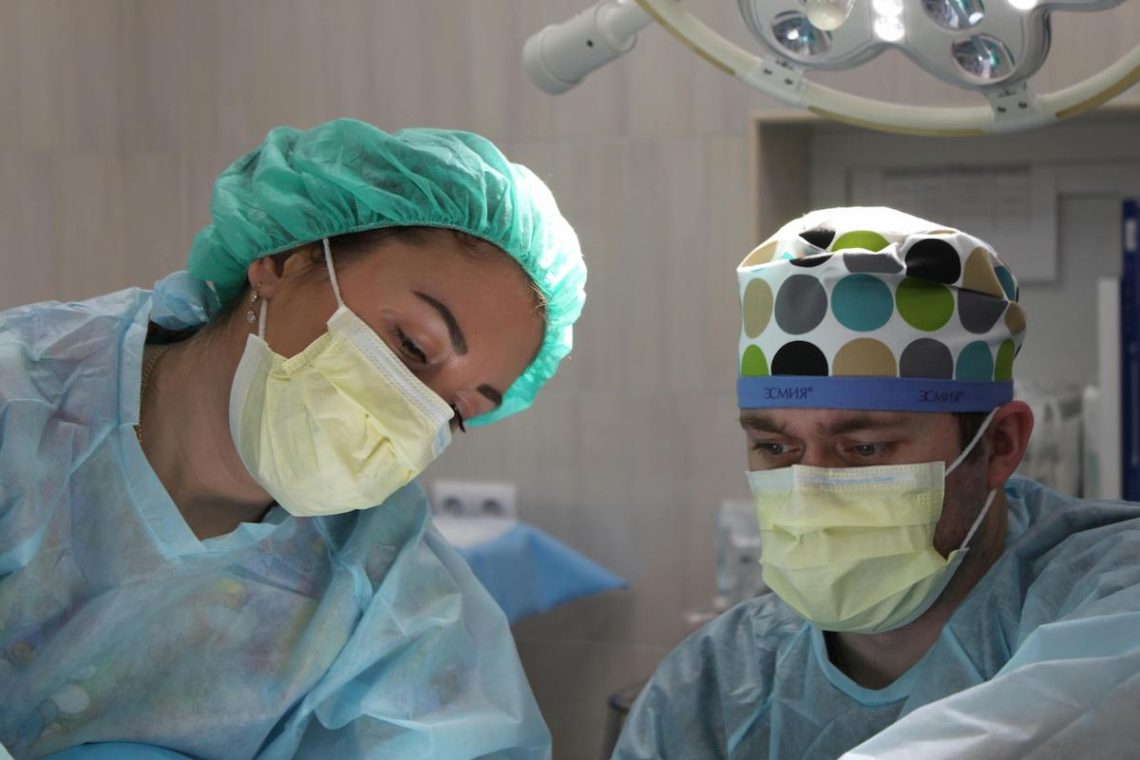Tag
health care associated infections
-
Patient safety indicators continue to lag post-pandemic
Patient safety indicators continue to lag from the pandemic downturn as federal officials tout their effort to improve patient safety.

-
•
Disclosure of hospital infections still in its infancy
On Forbes.com, Gergana Koleva evaluated the woeful state of national hospital-associated infection reporting, with the help of recently published research.…

-
•
CHCH Center, Sac Bee investigate hospital-acquired infections
In a series titled “Death by Complication,” the California HealthCare Foundation Center for Health Reporting and The Sacramento Bee teamed…

-
•
Hospitals to start reporting infection data Jan. 1
Hospitals are set to begin reporting information about hospital-acquired bloodstream infections to the federal government on Jan. 1, with the…

-
•
Wash. health data now includes infection rates
Washington state has solidified its position as a leader in health data transparency with the publication this year of hospital…

-
•
Missouri data disclosure details infection fight
Missouri law requires hospitals to disclose infection rates for intensive care and certain surgeries. It doesn’t keep that data around…

-
•
Outpatient inspections show serious lapses
AP medical reporter and AHCJ board member Carla K. Johnson used FOIA requests to uncover a wealth of infection-control violations…

-
•
Infection-reduction measures vs. the real world
The Wall Street Journal‘s Katherine Hobson writes about the recent JAMA study which she says demonstrates that publicly reported infection…

-
•
Outpatient care can lead to more infections
With a nod to the established dominance of outpatient surgery, NPR health blogger Scott Hensley explores a recent JAMA study…

-
•
CDC report includes state data on infections
The CDC has released a report detailing health-care-associated infections, specifically central line-associated bloodstream infections. This is the first such report…


